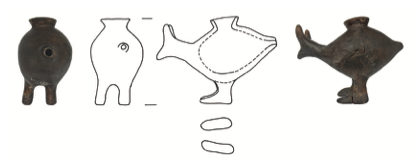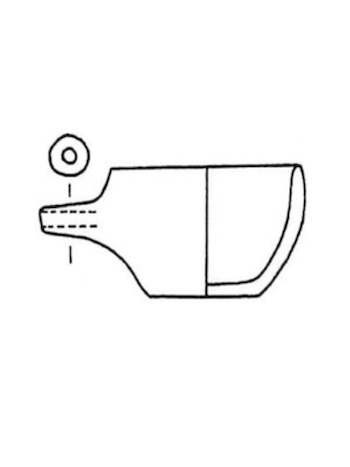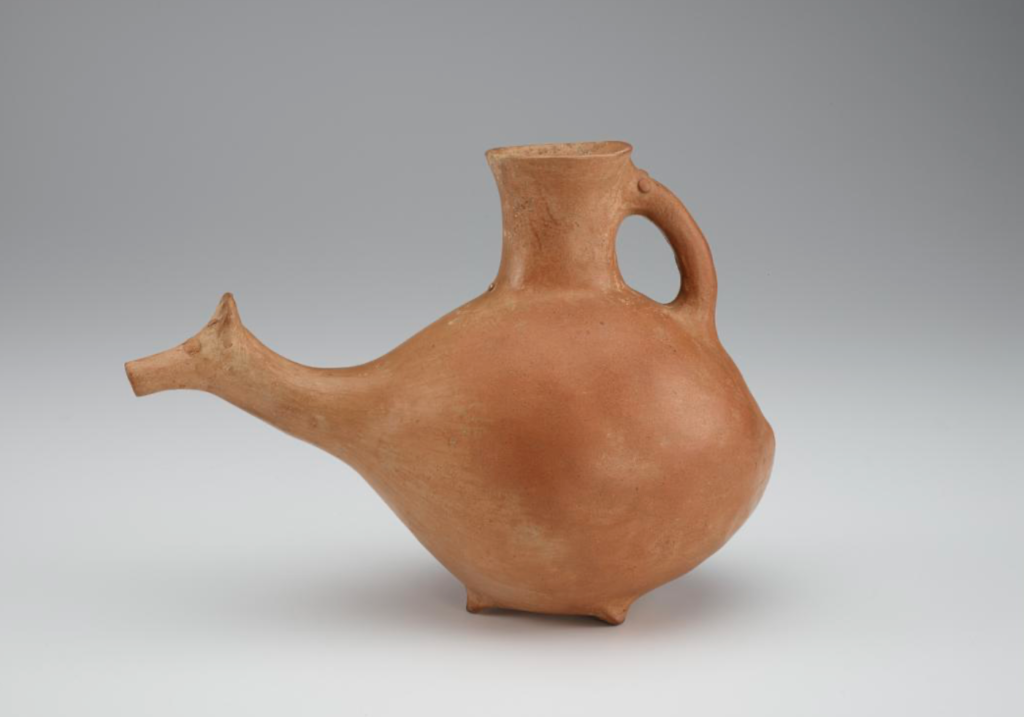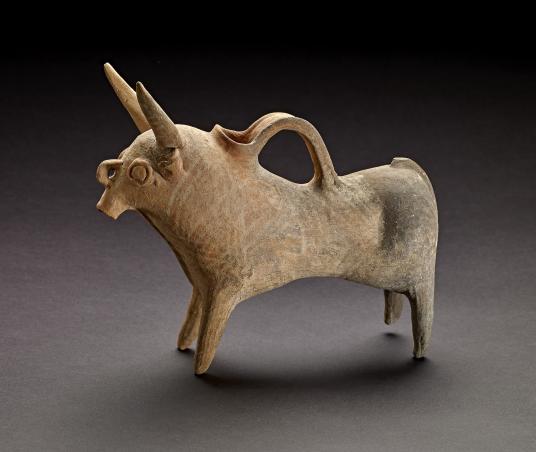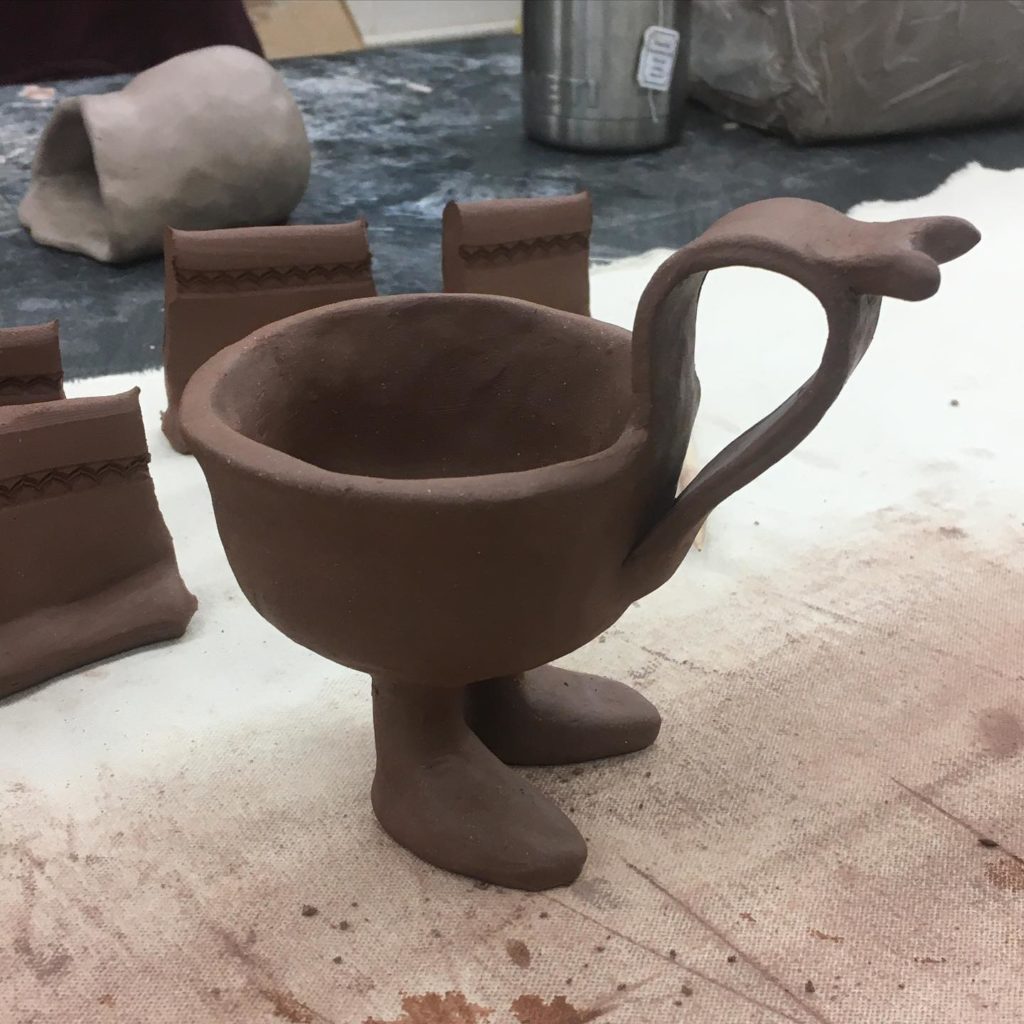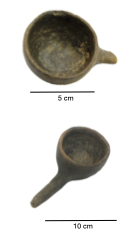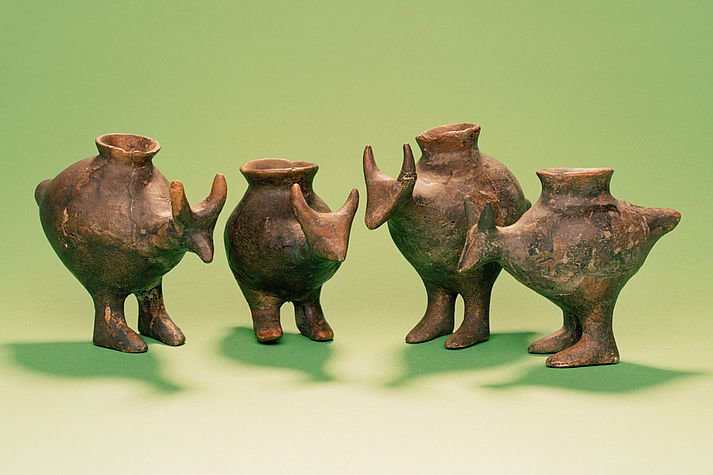Perspective can be tough to get, especially on our own behavior. We know that “seeing the big picture” or “getting an aerial view” is important to deep understanding, that we need to get some distance. It’s much easier to give someone else good advice than to follow it ourselves (even when our ability to give good advice comes directly from needing it).
It’s true for group behavior, too. The conventions, the little in-jokes, the “way we’ve always done it” – these can be harmful to individuals, but if the group is homogeneous enough, the pressure to refrain from pointing it out can be just as strong as the negative experiences themselves.
When women went to work to support the war effort, they entered an environment few of them had ever seen, supervised by people who barely recognized where they were coming from. These pages, along with 2 other spreads at the National Archives, Southeast Region, give us a look into a booklet to help those supervisors get the best work out of these mysterious new employees.
 This is good advice for all managers of any employees.
This is good advice for all managers of any employees.
The presentation has all the hallmarks of a startlingly condescending piece, but the words tell a different story. Women are cooperative, patient, teachable. It may seem ridiculous that any of those things needed to be said, especially at a time when women were expected to be agreeable, long-suffering, and obedient, but the language is certainly more respectful than those cultural expectations. And the guidelines themselves are remarkable for what they really are: just plain good advice about welcoming new employees and managing them effectively.
 This IS people management.
This IS people management.
As minority interests of all kinds receive more attention, we see over and over again that familiarity goes a long way, that seeing the old, established ways through the lens of the people who had no say in them brings harmful behavior into focus and creates the potential for a better experience for all. Men benefit just as much as women from respectful treatment in the workplace, arguably more because they still have advantages there as well!
People don’t like change, and they often can’t stand the idea that someone ‘has it easier’ because of a classification difference. Fostering the understanding that they don’t have it easier – quite the contrary – is probably a lost cause, but we don’t really need a “who has it worst” contest at work, anyway. Workplace practices that proactively and supportively resolve issues that get in the way of actually getting the work done put the emphasis where it belongs: on the work getting done.
 We can do it!
We can do it!







